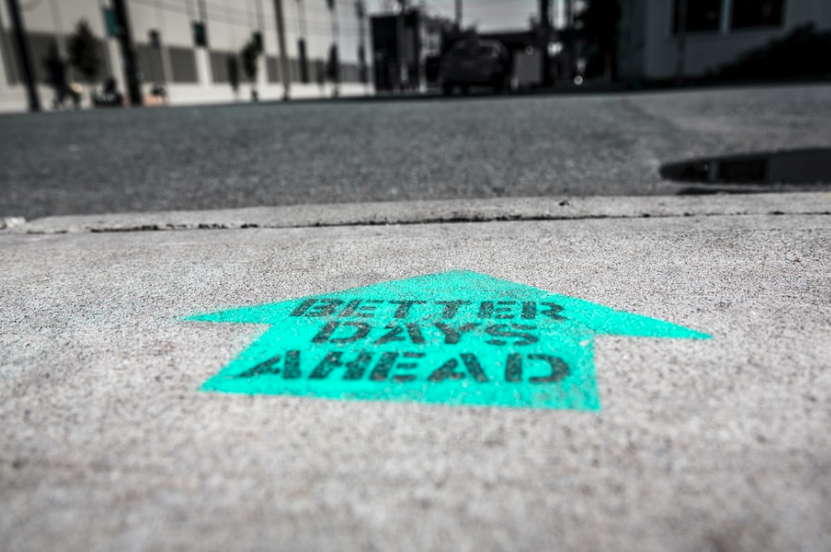
In early academic discourse surrounding optimism, it was posited that optimists tend to assume responsibility for positive outcomes while attributing negative events to external factors, with pessimists displaying the opposite behavior. For instance, in the example of Mike and Ashley, Mike credited himself for the successful barbecue but externalized blame for his gastrointestinal distress onto the summer parties. However, there exists a potential pitfall for those who become overly zealous in their optimism – they may be inclined to shirk responsibility, either by ignoring problems until they snowball out of control or by relying exclusively on wishful thinking to achieve their goals.
A conscientious optimist, by contrast, endeavors to strike a balance between taking too much and too little responsibility. When a favorable outcome occurs, this type of optimist will modestly acknowledge their contributions while also recognizing the role others played in making it possible. To illustrate, a professional athlete who notes their teammates’ contributions during a post-game interview demonstrates both humility and gratitude, without diminishing their own accomplishments. Nonetheless, the attentive optimist takes personal pride in their achievements.
An unadulterated optimist, on the other hand, possesses an inflated sense of self-regard, perhaps believing that their evident athletic prowess augments their lifelong fortunes. Meanwhile, the pessimist, as mentioned earlier, will apportion praise to external sources, thereby neglecting their own contributions and deriving little to no gratification from them. In contrast, the conscientious optimist accepts the appropriate measure of responsibility when an undertaking fails and seeks to learn from the experience so as to improve upon it in the future.
Consequently, the conscientious optimist represents an admirable model of a constructive and productive outlook. We should all aspire to adopt their careful approach to taking responsibility. How do you measure up in this regard?
What Kind of Optimist Are You?
To answer the question of what kind of optimist you are, it’s important to assess your level of optimism and how it affects your attitude, emotions, and behaviors. Generally speaking, if you perceive more positive than negative outcomes in the future, take responsibility for the successes you experience, recognize the role others play in making them possible and learn from your mistakes, then it can be said that you exhibit a conscientious optimism. It is this type of optimistic outlook that has been associated with better physical health outcomes such as lower heart disease risk and improved cardiovascular health.
On the other hand, an unrealistic optimism or false hope can lead to disappointment when expectations are not met or results are not accomplished. Taking on too much responsibility can also lead to burnout and stress. Lastly, negative self-talk and believing that your efforts won’t make a difference can be symptoms of depression.
Overall, the best kind of optimism is to maintain a realistic outlook on life while striving for improvement and growth. This means acknowledging successes but also being mindful of the role others play in making these achievements possible. It also means taking responsibility when things don’t go as planned, while at the same time recognizing that mistakes are part of the learning process. Finally, it involves looking for the silver lining in tough times and having faith in a positive future. By cultivating this type of optimistic attitude and outlook, you can better equip yourself with the tools necessary to navigate life’s challenges.
When Pessimism Pays
Being optimistic is usually better than being pessimistic, but there are some situations where it’s better to be pessimistic. Knowing when to switch from optimism to pessimism is important. There are three situations where it’s best to be pessimistic: when making major decisions, when being wrong could have serious consequences, and when trying to comfort someone who is very unhappy. In other situations, it’s usually better to be optimistic.
When it comes to major decisions, it pays to be pessimistic. When selecting a college, for example, one should consider the worst-case scenario in terms of tuition, living expenses, and job opportunities upon graduation. While this approach may lead to a less exciting experience, it provides a more realistic account of what is likely to occur and can help inform better decision-making.
It is also important to be pessimistic when a wrong decision could have serious consequences. For instance, if you are considering making an investment or starting a new business venture, it is best to consider all the possible risks before proceeding. This means looking at every possible outcome and weighing the pros and cons of each option. While this approach may lead to fewer exciting opportunities, it can help protect against major losses.
Finally, it pays to be pessimistic when trying to comfort someone who is very unhappy. Trying to be overly optimistic in these situations can seem insincere and even offensive. Instead, it is better to acknowledge the person’s suffering and recognize that life can be difficult. This approach can lead to a greater understanding of their situation and ultimately provide deeper support than an overly optimistic outlook could offer.
In conclusion, while optimism is usually better than pessimism, there are certain situations where it pays to be pessimistic. In major decisions and when a wrong decision could have serious consequences, it’s best to take a more realistic approach. Similarly, when trying to comfort someone who is very unhappy, it’s important to acknowledge their suffering and not try to put a positive spin on the situation.




